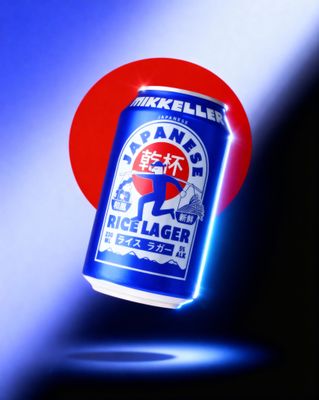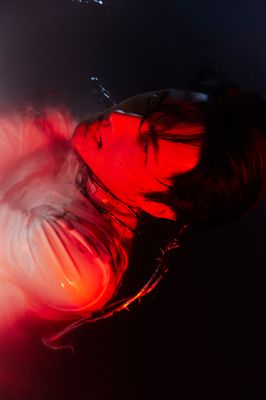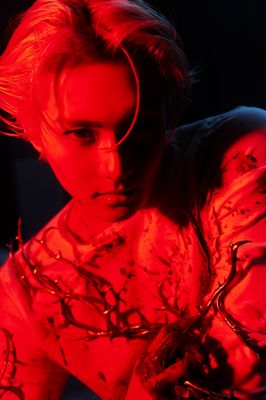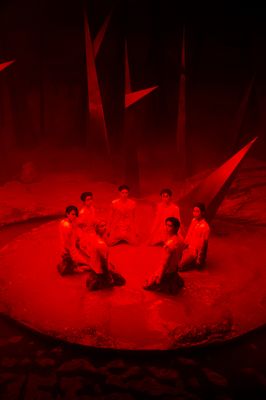Everything about the color Candy
The meaning of the color candy and color combinations to inspire your next creation.
Browse images in the color candy
What color is candy?
Candy is a bright, vivid red that exudes energy and excitement. It is often associated with sweetness and playfulness, reminiscent of classic red candies.
What are similar colors to candy?
For variations within the same vibrant spectrum as candy, consider:
- Red (#FF0000) shares candy's boldness and intensity, offering a classic and timeless appeal.
- Crimson (#DC143C) is slightly darker, providing a deeper and more sophisticated red tone.
- Scarlet (#FF2400) is a brighter red with a hint of orange, adding warmth to the palette.
- Vermilion (#E34234) offers a more subdued red with a touch of orange, creating a softer look.
What color goes with candy?
To complement candy's vibrant tones, consider pairing it with:
- Mint (#98FF98) offers a refreshing, cool contrast that balances candy's intensity.
- Ivory (#FFFFF0) softens candy's boldness with its gentle, neutral hue.
- Teal (#008080) provides a rich, cool contrast that enhances candy's vibrancy.
- Lavender (#E6E6FA) adds a touch of elegance with its soothing, purple-tinged hue.
- Peach (#FFE5B4) complements candy's warmth with its sunny, gentle tone.
What color conflicts with candy?
To avoid clashing with candy's vibrant energy, consider avoiding:
- Black (#000000) can overpower candy's brightness.
- Gray (#808080) could dull candy's vividness.
- Brown (#A52A2A) may neutralize candy's lively appeal.
- Olive (#808000) risks clashing with candy's boldness.
- Navy (#000080) might overshadow candy's energetic presence.
What does the color candy represent?
Candy represents joy, excitement, and playfulness, often evoking memories of childhood and sweet treats. It symbolizes energy and passion, making it a popular choice for brands seeking to convey enthusiasm. Psychologically, candy can stimulate appetite and evoke feelings of warmth and comfort. It is often used in marketing to attract attention and create a sense of urgency. In art and design, candy is used to create focal points and add vibrancy, making compositions more dynamic and engaging.
What's the history of candy?
The color candy derives its name from the bright, enticing hues of traditional candies, which have been popular for centuries. Its vivid red shade is reminiscent of classic sweets like candy apples and red licorice, which have long been associated with indulgence and celebration. In modern times, candy is used in various design contexts to evoke nostalgia and create a sense of fun and excitement. Its boldness makes it a favorite in branding and advertising, where it is used to capture attention and convey a sense of immediacy.
Color Variations
Shades
Tints
Hues
Color Palettes
Monochromatic
Complementary
Analogous
Triadic
Tetradic
Images with candy color
Color Conversions
#FF0800rgb(255, 8, 0)rgb(100%, 3%, 0%)0, 97, 100, 0hsl(2, 100%, 50%)2, 100, 100#FF080053, 80, 6741, 21, 253, 104, 4011111111, 00001000, 00000000Color(red: 1, green: 0.03137254901960784, blue: 0)UIColor(red: 1, green: 0.03137254901960784, blue: 0, alpha: 1.0)Color(0xFFFF0800)










